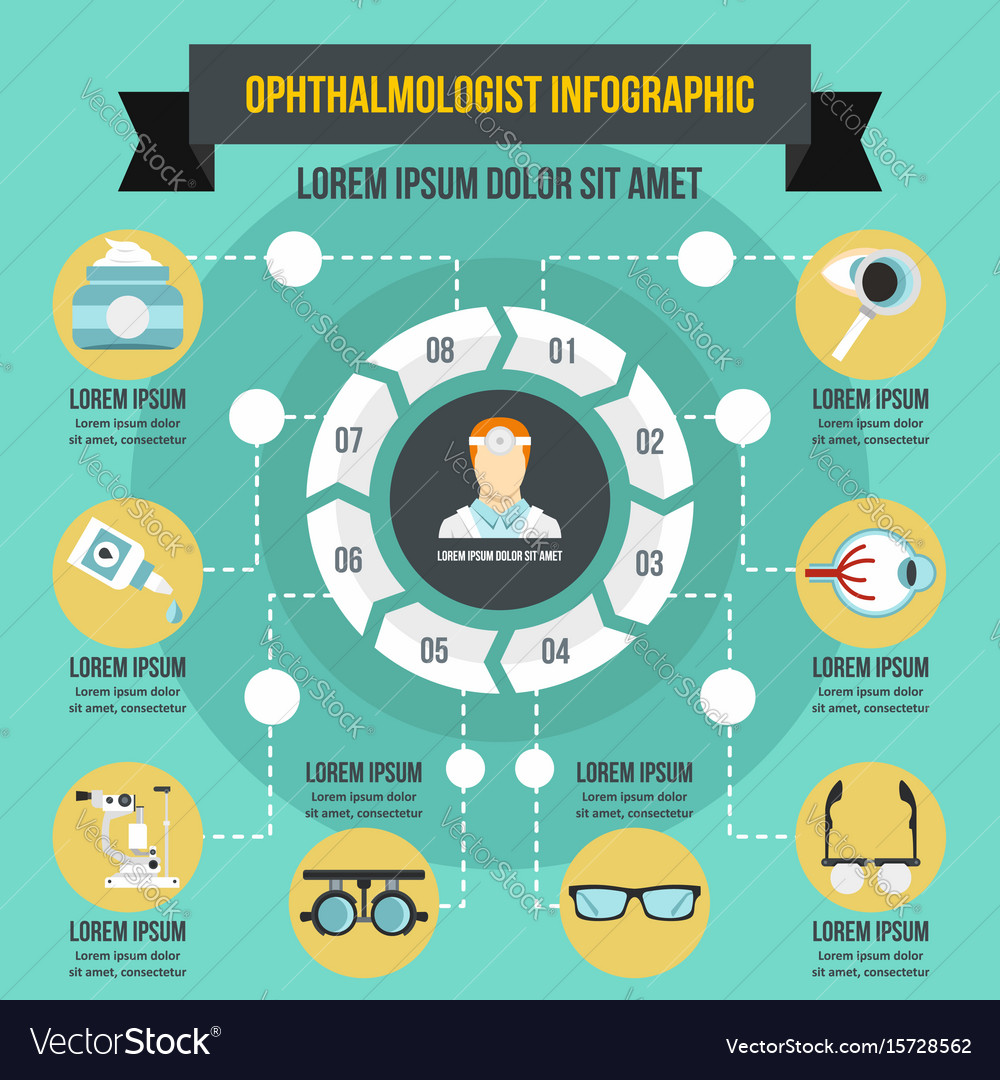How Does SMILE Eye Surgical Procedure Compare To LASIK And PRK?
How Does SMILE Eye Surgical Procedure Compare To LASIK And PRK?
Blog Article
Post Author-Weber Chase
If you have actually been thinking about SMILE eye surgical procedure, you might wonder just how it stacks up against LASIK and PRK. Each treatment has its very own set of advantages and factors to consider. From quicker healing times to potential threats, there are vital distinctions you need to be aware of prior to making a decision. Understanding 1 year after cataract surgery will certainly help you make an informed selection that lines up with your specific demands and assumptions. simply click the up coming site to understand more concerning exactly how these procedures compare in detail? Go on checking out to get an extensive understanding of SMILE, LASIK, and PRK.
SMILE Eye Surgical Treatment Summary
If you're thinking about SMILE eye surgical treatment, you'll find it to be a minimally invasive procedure with a fast healing time. During SMILE (Tiny Cut Lenticule Extraction), a laser is utilized to produce a small, specific laceration in the cornea to eliminate a tiny item of cells, improving it to remedy your vision. This varies from LASIK, where a flap is developed, and PRK, where the external layer of the cornea is entirely gotten rid of.
One of the crucial benefits of SMILE is its minimally invasive nature, resulting in a faster recovery procedure and much less pain post-surgery. The recuperation time for SMILE is relatively fast, with several clients experiencing boosted vision within a day or 2. This makes it a prominent option for those looking for a hassle-free and effective vision adjustment procedure. Additionally, SMILE has actually been revealed to have a lower danger of dry eye disorder contrasted to LASIK, making it a desirable alternative for people concerned about this potential negative effects.
Differences Between SMILE, LASIK, and PRK
When comparing SMILE, LASIK, and PRK eye surgical procedures, it is necessary to comprehend the unique methods utilized in each treatment for vision adjustment.
SMILE (Small Cut Lenticule Extraction) is a minimally invasive treatment that entails creating a small cut to extract a lenticule from the cornea, reshaping it to fix vision.
LASIK (Laser-Assisted Sitting Keratomileusis) entails producing a slim flap on the cornea, making use of a laser to improve the underlying tissue, and then repositioning the flap.
Get the facts (Photorefractive Keratectomy) removes the outer layer of the cornea before improving the tissue with a laser.
The main difference depends on the method the cornea is accessed and treated. SMILE is flapless, making it an excellent alternative for individuals with slim corneas or those involved in contact sports. LASIK uses rapid aesthetic recovery because of the flap production, however it may present a higher threat of flap-related complications. PRK, although having a longer recuperation duration, prevents flap-related issues altogether.
Understanding these variances is vital in choosing one of the most suitable procedure for your vision adjustment needs.
Pros and Cons Contrast
To examine the benefits and downsides of SMILE, LASIK, and PRK eye surgical procedures, it's necessary to take into consideration the specific benefits and potential constraints of each treatment. SMILE surgical treatment provides the advantage of a minimally invasive procedure, with a smaller sized incision and potentially quicker recovery time contrasted to LASIK and PRK. It also decreases the threat of dry eye post-surgery, a typical adverse effects of LASIK. However, SMILE may have restrictions in dealing with greater levels of nearsightedness or astigmatism compared to LASIK.
LASIK surgical treatment gives fast aesthetic recovery and minimal discomfort throughout the treatment. It's very effective in dealing with a vast array of refractive errors, consisting of nearsightedness, hyperopia, and astigmatism. Yet, LASIK brings a danger of flap issues, which can impact the corneal framework.
PRK eye surgical procedure, while not as preferred as LASIK, prevents producing a corneal flap, reducing the risk of flap-related difficulties. It's suitable for individuals with thin corneas or uneven corneal surfaces. Nevertheless, PRK has a much longer recovery time and may entail a lot more pain during the recovery procedure.
Conclusion
So, when it involves choosing between SMILE, LASIK, and PRK, consider it like picking the perfect set of shoes. SMILE resembles a streamlined, comfy set of sneakers - fast and simple.
LASIK is more like stylish high heels - showy and quick, however with some potential risks.
PRK resembles tough treking boots - trusted and sturdy, yet needing a little bit more effort and time.
Inevitably, the best option depends on your individual needs and choices.
